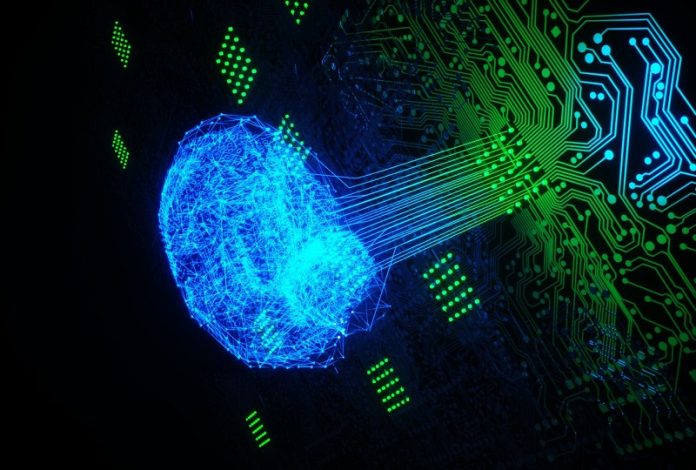
You’ve probably heard about ChatGPT. It’s a really clever computer program that can write essays, emails, and even computer code just by understanding a few prompts from a user.
It’s impressive, but now a group of scientists at MIT is working on something that could make programs like ChatGPT even smarter and use less energy.
In a recent article in Nature Photonics, these scientists talked about a new system they’ve built that uses light to do calculations instead of electricity.
Instead of using electrons like traditional computers, this system uses lasers, which are tiny lights.
With this system, the scientists have managed to make a computer that is over 100 times more energy-efficient and 25 times more powerful than the computers we usually use for machine learning.
The researchers believe that they can make this system even better in the future.
And because it’s so energy-efficient, it could be used in small devices like cell phones that currently can’t handle such powerful machine-learning programs.
These programs are typically run in big data centers.
One of the scientists, Zaijun Chen, explained that the parts they use for this system can already be made using processes that are common today.
The kind of lasers they use are also used in things like the face ID on your cell phone. Because of this, Chen believes that it might only take a few years for this technology to be ready for commercial use.
Dirk Englund, who leads the team, explained that the current limits of machine learning are set by the power of our computers.
He said, “It’s just not economically viable to train models that are much bigger.” But with this new technology, we could have machine-learning models that are much more powerful than what we have today. We don’t know exactly what these supercharged models could do, but that’s the exciting part.
This latest breakthrough is part of a series of advances that Englund and his team have been making. In 2019, they reported the theoretical work that led to the current system. The team is continually pushing the boundaries of what’s possible in machine learning.
Right now, machine learning models like the one used by ChatGPT work a lot like our brains. But these models are reaching their limits, and they use a lot of energy. This is why scientists are exploring new ways to make computers, like using light instead of electricity.
Computers that use light can handle more information in a smaller space and use less energy. But there are some problems with these optical neural networks, like their energy use and size.
And they’re not very good at certain calculations. The new system developed by the MIT team solves these problems.
The researchers use lasers in a specific way to make their new system work. These lasers were developed by a team in Berlin. Without them, this work wouldn’t have been possible.
Logan Wright, a professor at Yale University who wasn’t involved in this research, praised the team’s work.
He believes that this kind of technology could lead to big improvements in the future, especially for AI systems like ChatGPT. This just goes to show how science and technology keep finding new ways to make our lives better.
Follow us on Twitter for more articles about this topic.



